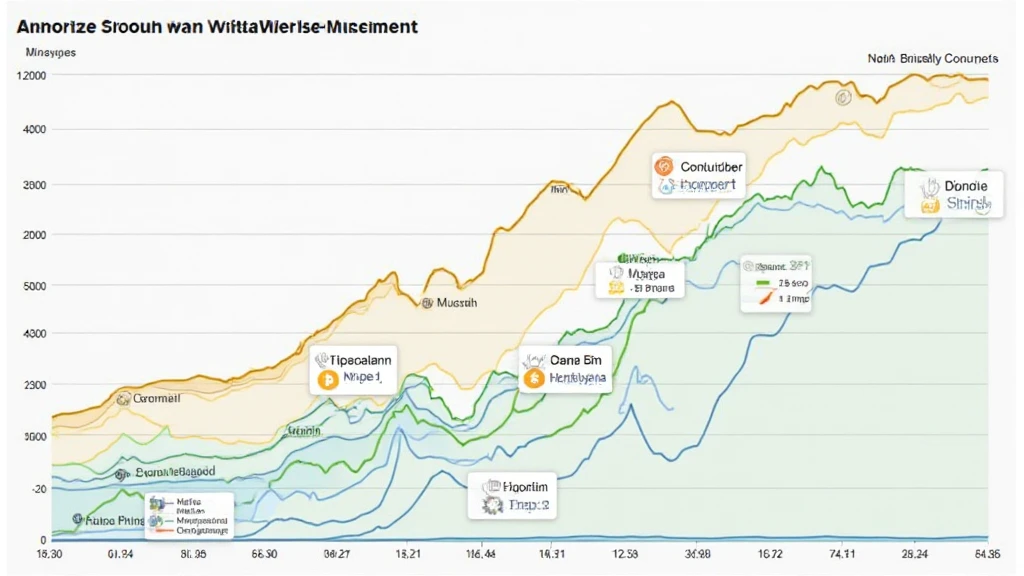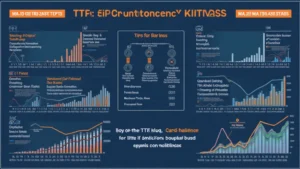Bitcoin Mining Energy Consumption: Navigating the Impact
As Bitcoin mining continues to dominate the cryptocurrency space, a pressing concern is the energy consumption associated with this activity. In 2024 alone, estimates suggest that Bitcoin mining accounted for approximately 0.5% of the world’s total electricity consumption, a staggering figure that raises questions about sustainability and environmental impact. In this article, we’ll delve deep into the intricate dynamics between Bitcoin mining and energy consumption. By understanding these relationships, stakeholders can better navigate the challenges and implications for the future of blockchain technology.
Understanding Bitcoin Mining
To appreciate the energy consumption of Bitcoin mining, we first need to grasp what Bitcoin mining entails. Essentially, mining is the process of validating and confirming transactions on the Bitcoin network by solving complex mathematical problems. This process requires substantial computational power, leading to increased energy usage. Think of Bitcoin miners as high-tech competitors racing in a digital marathon, where only the fastest and most efficient equipment can keep up.
How Does Mining Work?
- Mining involves using specialized hardware to solve cryptographic puzzles.
- Successfully solving these puzzles allows miners to add blocks to the blockchain.
- Miners are rewarded with newly minted Bitcoins and transaction fees for their efforts.
The Energy Consumption Challenge
Bitcoin mining’s energy consumption comes from the vast number of miners competing to validate transactions. According to the Cambridge Centre for Alternative Finance, Bitcoin mining had a total energy consumption level of about 100 TWh per year as of late 2023. This is akin to the annual energy consumption of countries like the Netherlands.

Factors Contributing to High Energy Use
- Computational Difficulty: As more miners join the network, solving puzzles becomes exponentially more challenging.
- Hardware Efficiency: Older mining equipment is less energy-efficient, leading to higher consumption.
- Geographical Variances: Some regions have cheaper electricity, leading to increased mining activities in those areas.
Environmental Implications
With the rising energy consumption levels, the environmental implications of Bitcoin mining have come under scrutiny. The concern centers around the carbon footprint associated with energy production, especially in regions relying on fossil fuels. For instance, in Vietnam, a nation increasingly involved in cryptocurrency, significant growth in user adoption could lead to greater energy demands, raising concerns about sustainability.
Sustainable Mining Practices
- Renewable Energy Sources: Mining operations are increasingly powered by renewable sources like wind, solar, and hydroelectric power.
- Energy-Efficient Hardware: New ASIC miners offer improved energy efficiency, reducing overall consumption.
- Location Strategy: Miners are moving to regions with surplus renewable energy to minimize their carbon impact.
The Future of Bitcoin Mining
Looking ahead, the conversation around Bitcoin mining and energy consumption is likely to evolve as technology advances. Innovations like the Lightning Network could alleviate some of the pressure on energy consumption by allowing faster transactions without the need for intensive mining activities.
Regulatory Landscape
Governments are beginning to take notice of Bitcoin’s energy footprint, which may lead to more stringent regulations. For example, in 2025, countries like Vietnam may introduce tiêu chuẩn an ninh blockchain (blockchain security standards) to ensure miners adopt more sustainable practices.
Global and Local Perspectives
As Bitcoin mining grows, understanding regional dynamics is crucial. For instance, Vietnam’s user growth rate in the cryptocurrency sector is estimated at 70% annually, indicating that the local market will face unique challenges regarding energy consumption and sustainability. Educational initiatives focusing on sustainable practices in mining could create more awareness among Vietnamese miners, helping them transition to greener alternatives.
Key Takeaways for Stakeholders
- Stakeholders must monitor energy consumption trends in real time.
- Investing in energy-efficient solutions will not only reduce costs but also enhance brand reputation.
- Emphasizing the use of renewable energy sources could align businesses with global sustainability initiatives.
Conclusion
The relationship between Bitcoin mining and energy consumption is a critical consideration for the industry today and into the future. By focusing on sustainable practices, there is an opportunity for miners to significantly reduce their impact on the environment while still contributing to the vibrant and growing world of cryptocurrency. For companies like bitcoincashblender, understanding this dynamic is essential for fostering innovation and promoting a healthier blockchain ecosystem. As we move forward, remember that ongoing adaptability will be key in addressing these energy consumption challenges effectively.
Author: Dr. Ny Nguyen
An expert in blockchain technology with over 15 published papers and has led audits for major mining projects globally.











